Since its inauguration in 1897, the museum has enriched its collections thanks to the support of its public. The very first work - inventory number 1 - a view of Lake Geneva by François Bocion was acquired by public subscription from the people of Vevey in 1893.
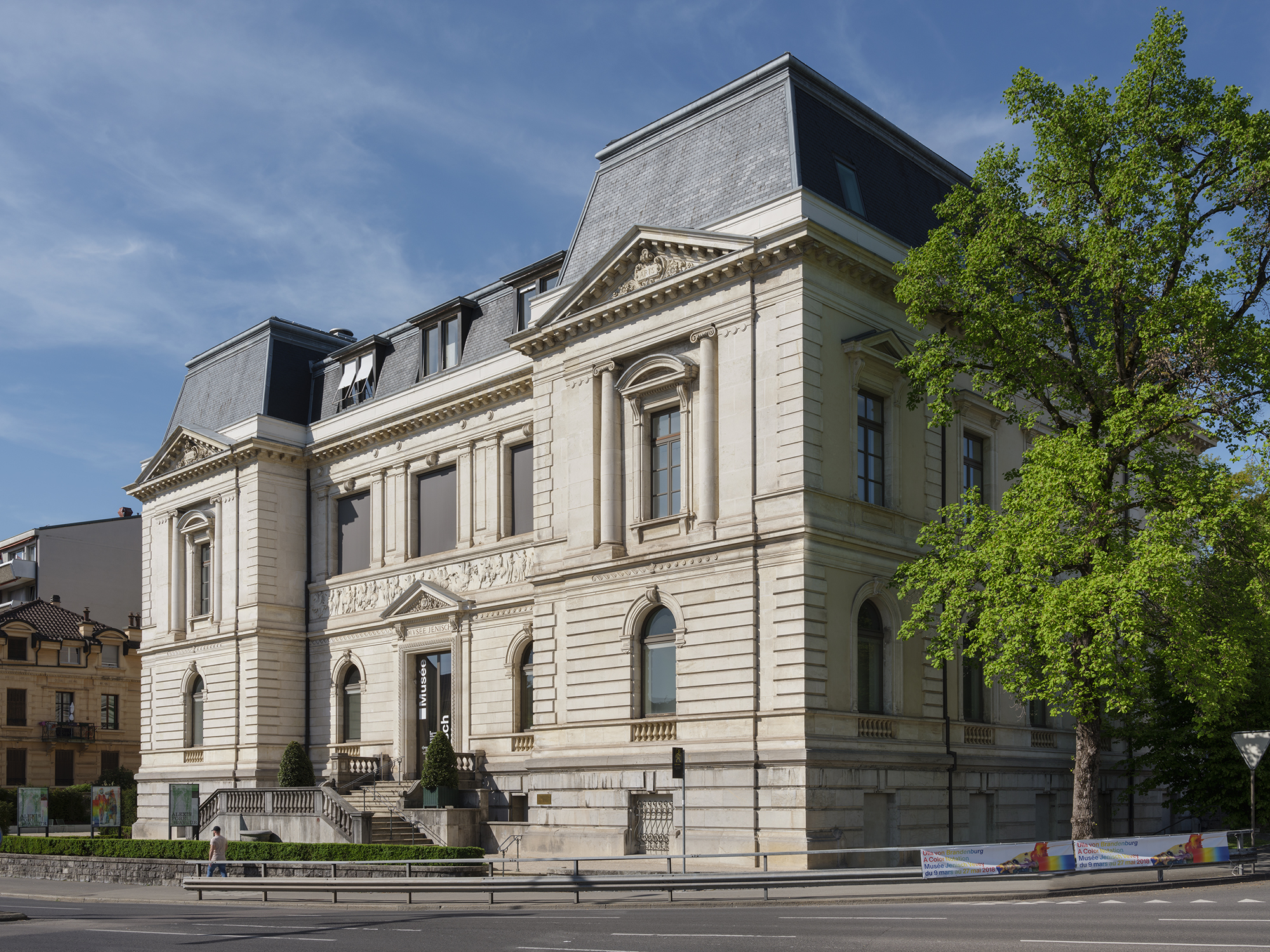
History, mission statement and collections
Vue du Musée Jenisch Vevey. Photo Julien Gremaud
Open to all, the Musée Jenisch Vevey is a museum of art presenting drawing, printmaking and painting on a human scale. As it preserves and promotes six centuries of creativity, it invites visitors to participate in enriching experiences. Founded and currently run by women, it boasts a rich permanent collection (Bocion, Courbet, Corot, Hodler, Vallotton, Picasso, Morandi, etc.), a space specifically dedicated to engraved art – the Pavillon de l’estampe, the evocation of Kokoschka’s studio, exhibitions that cannot be seen anywhere else, and innovative mediation initiatives. It is a dynamic, inclusive museum with a talent for engaging visitors in authentic, lively encounters with works of art: a venue for pleasure, emotions, knowledge and inspiration.
The second-largest art museum in the canton of Vaud, the Musée Jenisch Vevey is home to an extraordinary collection of works on paper, in particular the Cabinet cantonal des estampes. The latter contains over 40,000 works from the Renaissance to the present day, making it one of the five most prestigious print collections in Switzerland. The museum also houses the world’s largest body of works by Oskar Kokoschka, as well as a collection of over 11,000 drawings by the greatest artists in the history of art.
From the Renaissance to the present day
The museum came into being as the result of a gift from Fanny Jenisch (1801-1881), the widow of a Hamburg senator, who wished to express her gratitude to the city where she had spent happy holidays with her husband. Inaugurated in March 1897, it was built by the architects Maillard and Convert and is characterized by its neo-classical architecture. Initially encyclopaedic in scope, the museum focused exclusively on the fine arts in the late 1980s.
As a heritage institution that brings together works from the Renaissance to the present day, the Musée Jenisch Vevey’s mission is to preserve, study and promote its collections. It endeavours to offer its visitors high-quality, attractive and innovative services of the highest scientific standard. It further strives to contribute to the life of the city, to the development of social ties and to the edification of its citizens, by offering landmarks and a space for dialogue while promoting cultural and artistic innovation. The skills brought together at the Musée Jenisch Vevey and the collections it preserves enable it to extend its influence beyond its immediate territory and to be considered as one of the most influential international institutions in the field of works on paper.
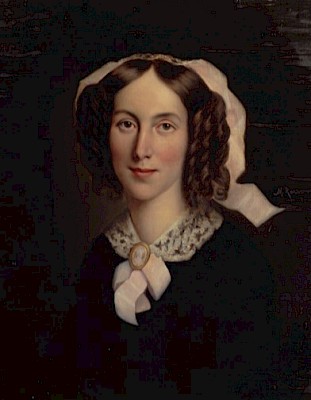
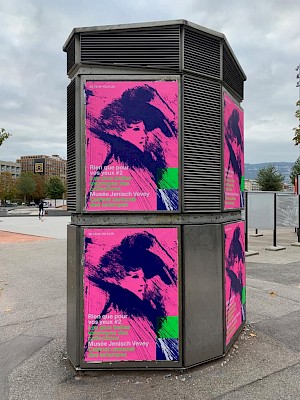

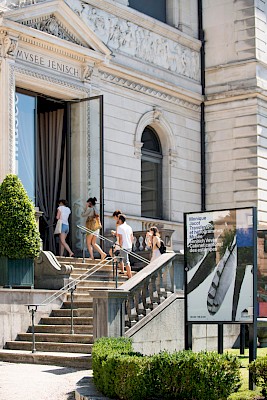
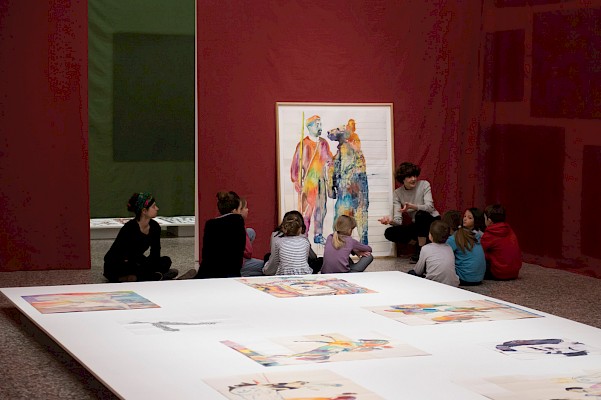
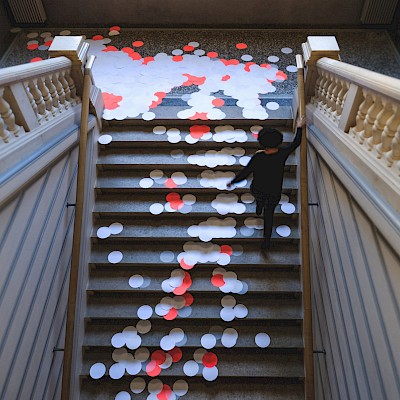
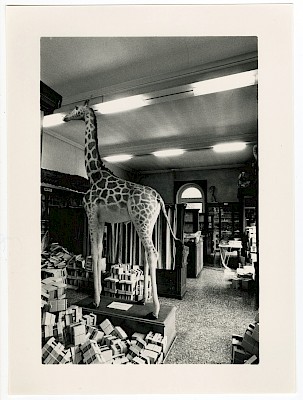
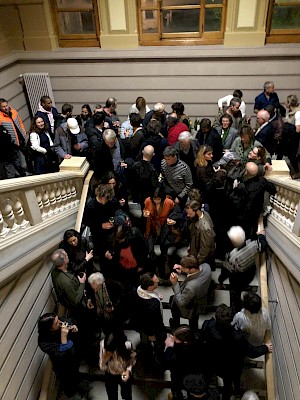

A museum for works on paper
In a subtle dialogue between ancient and contemporary art, the museum’s current-day vocation is to promote works on paper, through its collection of 11,000 drawings and 40,000 prints.
Cabinet cantonal des estampes
Several stages led to the creation of the Cabinet cantonal des estampes. These included the role of artists and major collectors, as well as the opening of the Musée de l’Élysée in Lausanne in 1980, which is dedicated to the image and directed by Florian Rodari. Following the establishment of the Cabinet cantonal des estampes in 1986 by the State Council and its transfer to the Musée Jenisch Vevey in 1987 thanks to Bernard Blatter, the former director, supported by the successive presidents of the William Cuendet Foundation & Atelier de Saint-Prex, the Cabinet cantonal des estampes was inaugurated on 11 April 1989. With more than 35,000 works from the Renaissance to the present day, the Cabinet cantonal des estampes brings together three public collections and three collections deposited by two foundations and an association - the State of Vaud print collection and that of the City of Vevey, Professor Decker’s print fund, the William Cuendet & Atelier de Saint-Prex Foundation, the Pierre Aubert Foundation, the collection of the Alexis Forel Museum - all of which, through their generosity and trust, contribute to the promotion of printed art in our museum, which is now one of the five most important graphic arts cabinets in Switzerland, alongside those in Geneva, Basel and Zurich. In 30 years, no less than one hundred exhibitions devoted to prints have been organised at the Musée Jenisch Vevey.
The Pavillon de l’estampe, a central space located on the first floor, offers three temporary exhibitions per year, with a wide variety of works: ancient and contemporary engravings, original themes, monographic presentations, anthologies of collections, etc.
Collections

The museum then received generous donations and bequests, such as several paintings by Gustave Courbet offered by his sister Juliette in 1914, after the artist’s death in 1877 in La Tour-de-Peilz, Charles Gleyre, Léopold Robert, Eugène Burnand and Charles Giron. The Fine Arts collections cover five centuries of creation and bring together Swiss and international artists.
The collections of the Musée Jenisch are constituted by deposits of artists’funds (Lélo Fiaux, Wilhelm Gimmi, Jacques Pajak) and by important donations. It is thanks to private initiative, among other things, that the collection of drawings has been enriched with major pieces. In 1968, an important bequest from René de Cérenville added more than 150 old drawings, including several rare sheets by famous Italian Renaissance artists. In 2007, a collector left Vevey a collection of 700 drawings from the 18th century in France and Italy, a collection that is constantly being expanded. In 2014, Rudolf Schindler donated an exceptional collection of 632 drawings by Ferdinand Hodler to the museum. In 2019, the Fondation des Amis du Musée Jenisch donated its entire collection to the museum.
Permanent loans
Collection de la Confédération OFC
Fondation pour les Arts et les Lettres
Fondation Lélo Fiaux
Fondation Wilhelm Gimmi
Fondation Oskar Kokoschka
Fondation Jacques Pajak
Fondation de la Société des Beaux-Arts de Vevey
The museum’s acquisition policy enables it to decide on proposed donations, bequests, purchases or deposits. Any requests concerning acquisitions may be addressed to its conservation team.
Highlights of the collection
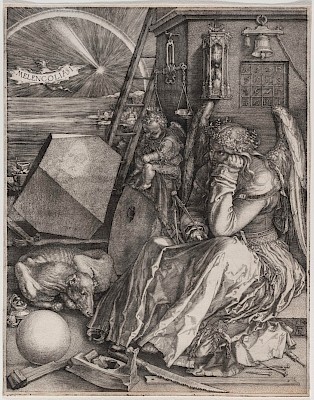
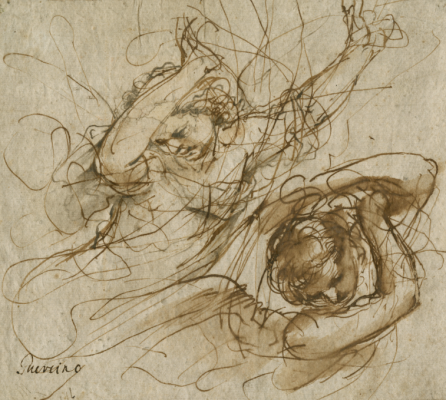
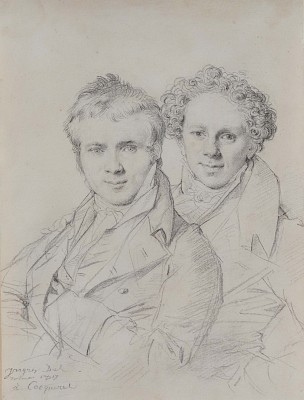
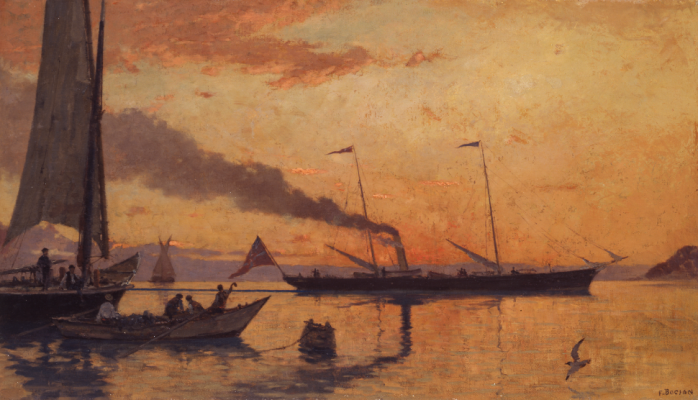
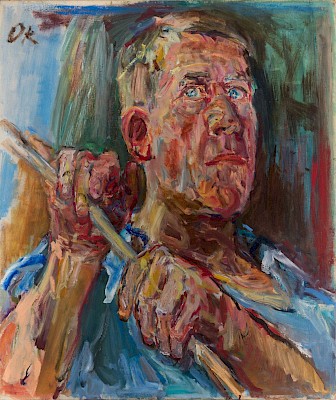

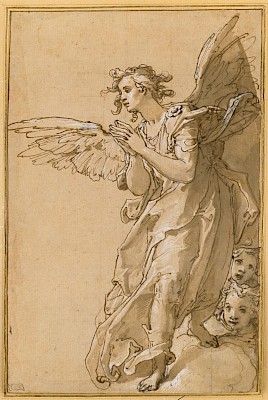
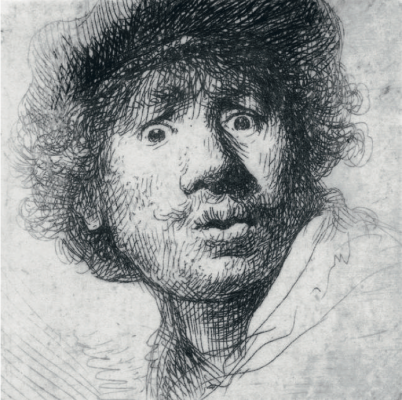
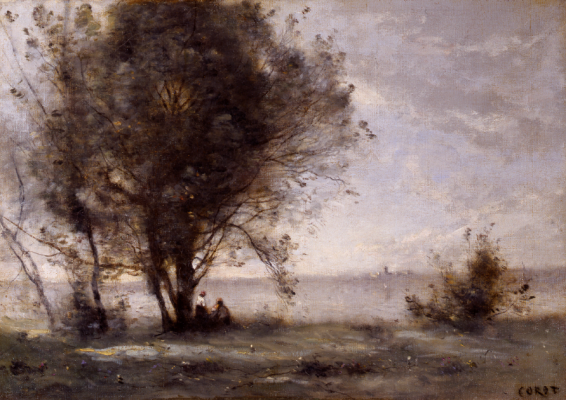
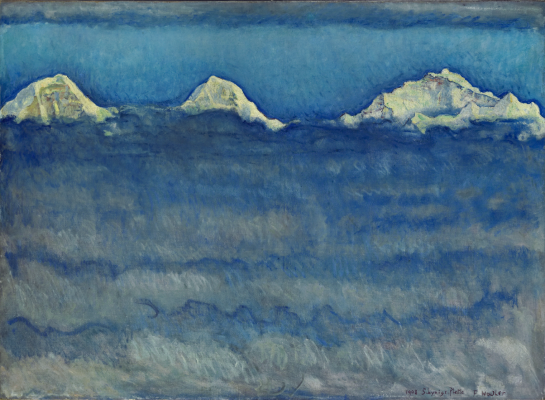
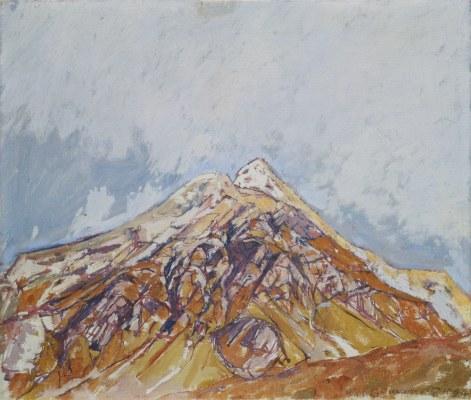
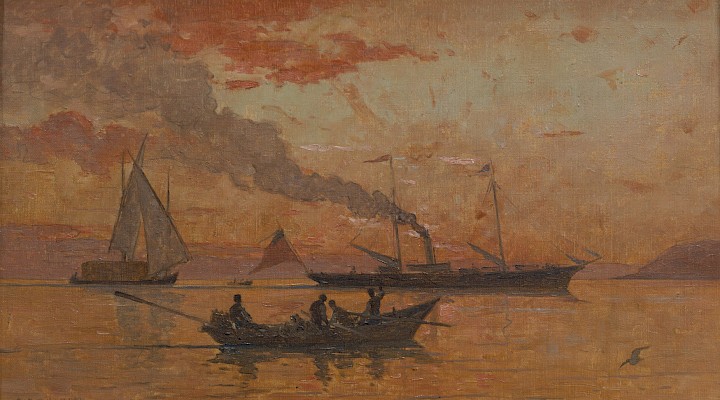
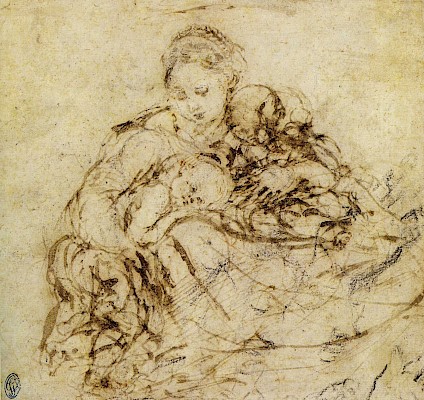
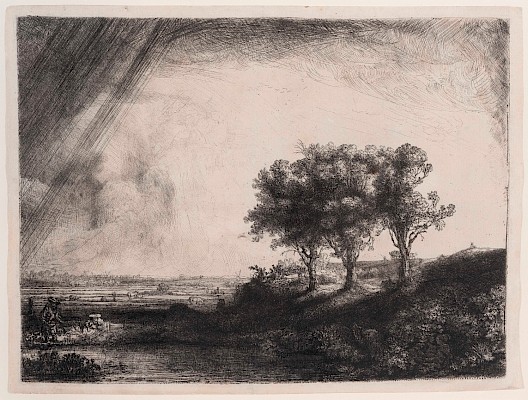
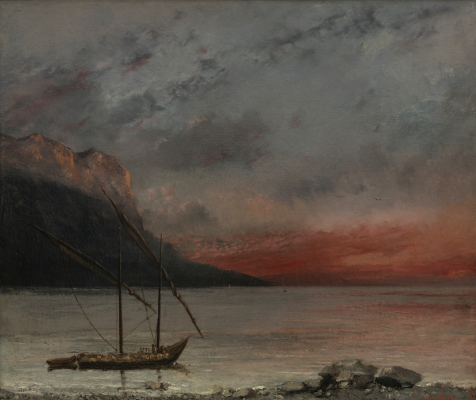
![Oskar Kokoschka (1886-1980), Mutter und Kind [Mère et enfant], 1921, huile sur
toile. Musée Jenisch Vevey © Fondation Oskar Kokoschka 2022, ProLitteris, Zurich
© Photographie Fondation Oskar Kokoschka](https://museejenisch.ch/api/site/assets/files/11057/capture_de_cran_2022-06-18_a_07_49_10_0x400.png)
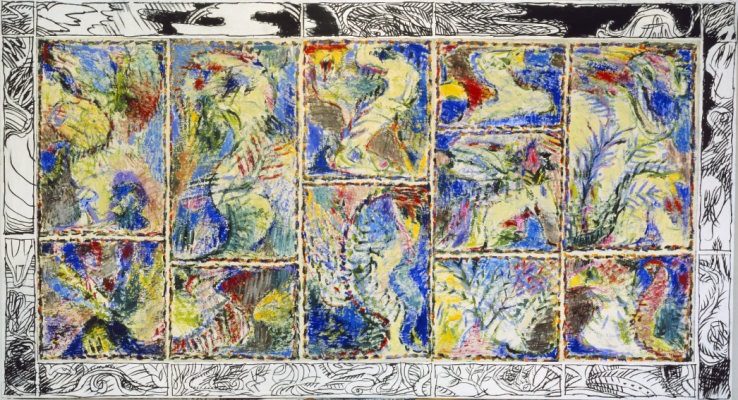

Provenance research
From January 2021 to the end of November 2022, the Musée Jenisch Vevey conducted a provenance research project on 207 works from its public collections, with the support of the Swiss Federal Office of Culture (FOC). In this context, 159 works on paper, including drawings and prints, 45 paintings and 3 sculptures, were the focus of in-depth investigations.
Provenance research
From January 2021 to the end of November 2022, the Musée Jenisch Vevey conducted a provenance research project on 207 works from its public collections, with the support of the Swiss Federal Office of Culture (FOC). In this context, 159 works on paper, including drawings and prints, 45 paintings and 3 sculptures, were the focus of in-depth investigations.